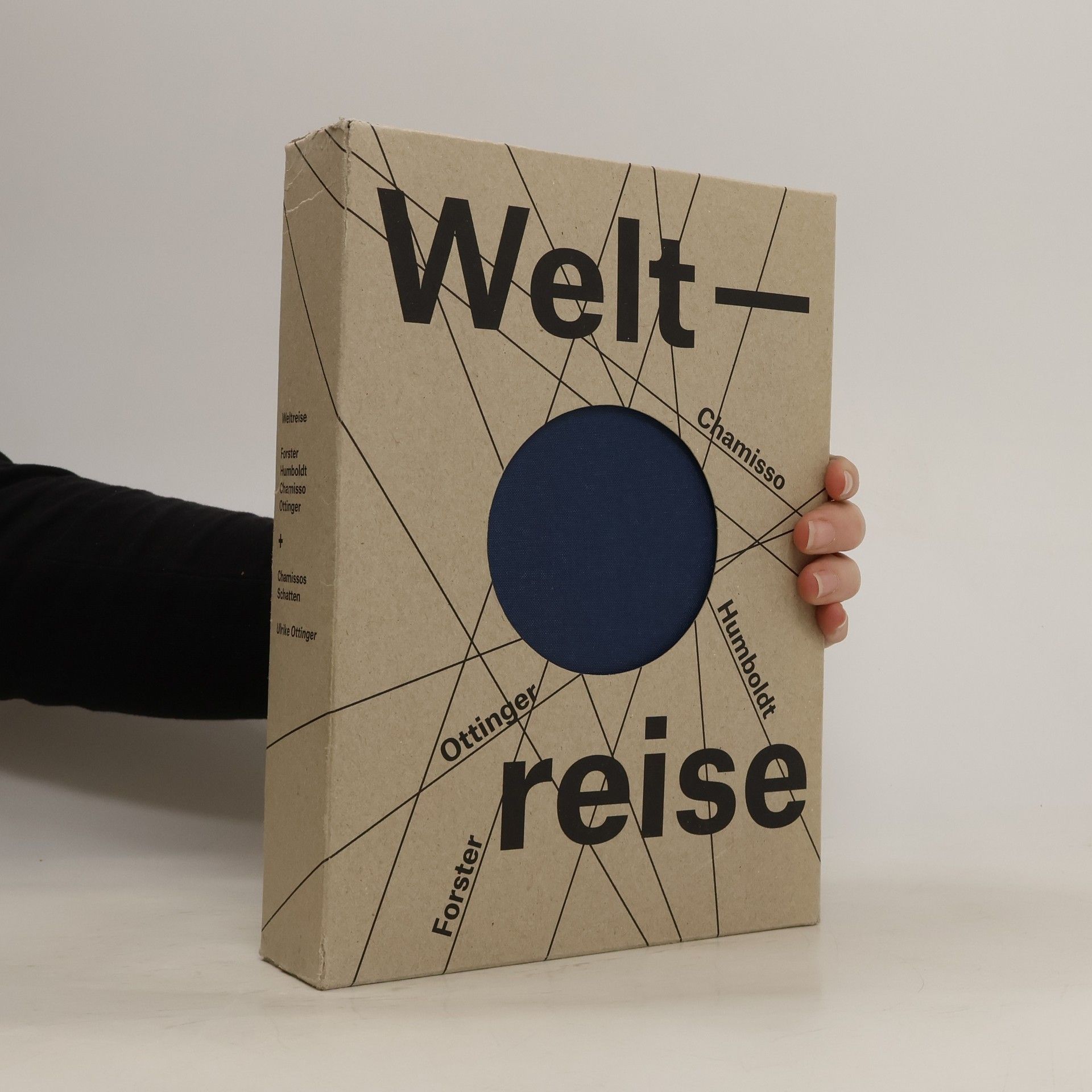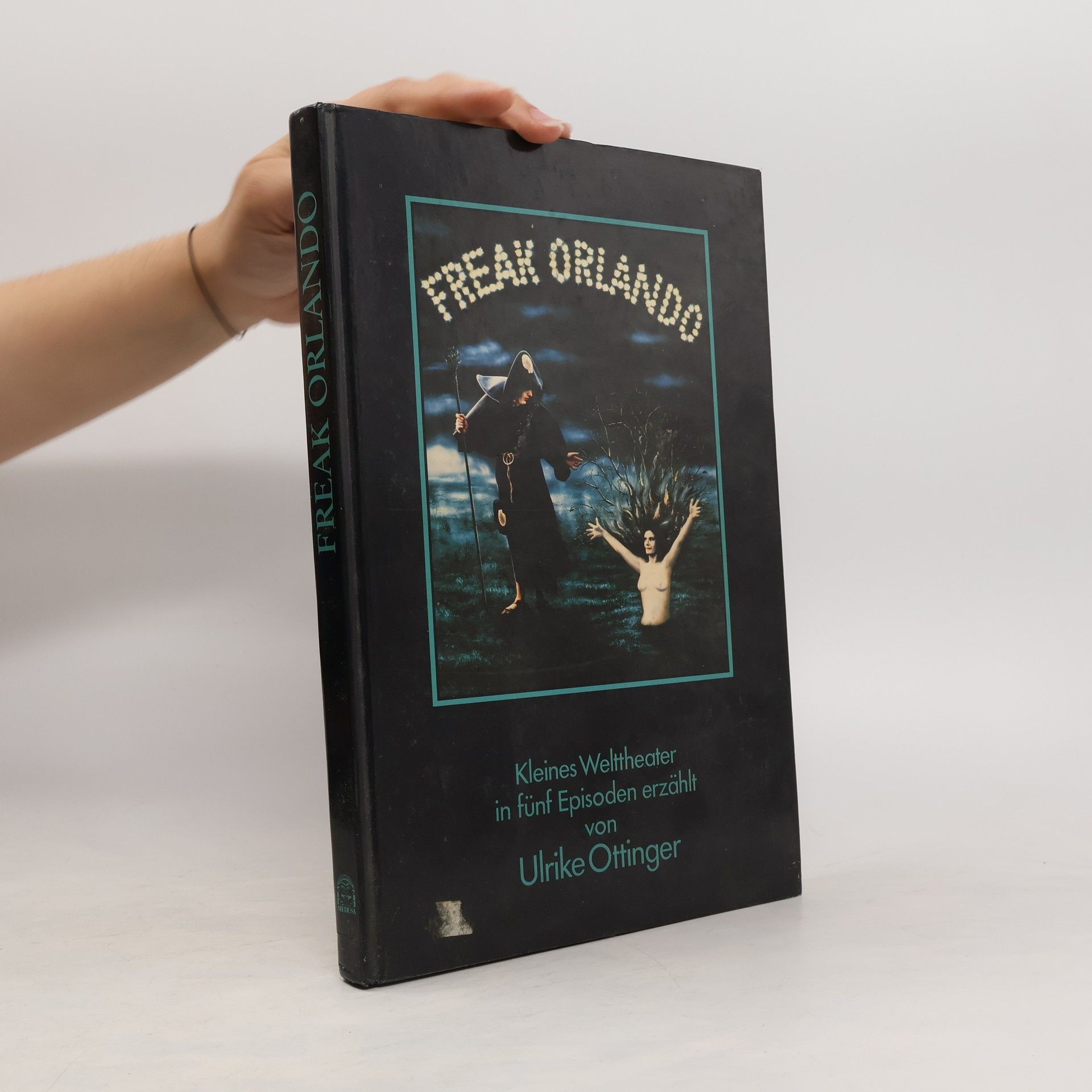Das von politischen Umbrüchen geprägte Paris der 1960er-Jahre zog Kunstschaffende aus aller Welt an und war ein pulsierender Ort zwischen Traumabewältigung und Utopie Europas. Die Filmemacherin und Fotografin Ulrike Ottinger verbindet in diesem autobiografischen Band historisches Archivmaterial mit ihren künstlerischen und filmischen Arbeiten zu einem Soziogramm ihrer Zeit als Künstlerin. Von der Librairie Calligrammes, einem Treffpunkt deutscher Intellektueller im Exil, bis zur Cinémathèque française, wo ihre Liebe zum Kino entflammt wurde, entsteht eine Kartografie der Stadt und ihrer Utopien. Diese Erinnerungen leben in Ottingers Film Paris Calligrammes (2019) weiter. Ihre Werke wurden auf bedeutenden internationalen Festivals gezeigt und in renommierten Institutionen wie dem Centre Pompidou in Paris, dem Museo Reina Sofia in Madrid und dem MoMA in New York gewürdigt. Zudem war sie mit ihren Fotografien auf der documenta und der Biennale di Venezia vertreten. Eine Ausstellung im Haus der Kulturen der Welt in Berlin fand vom 23.8 bis 13.10.2019 statt.
Ulrike Ottinger Livres






Ulrike Ottinger's films and photographs investigate remote corners of the world, such as Mongolia and Ukraine, using both fictional and documentary means. Her associatively connected voyages meander through the peripheries of cities, countries and societies, and against that backdrop capture human splendor and misery, reality and illusion, surface and depth. Her aesthetic tends to the theatrical--literary and historical figures including Dorian Gray and Joan of Arc have been known to make appearances--and to the elaborately decorated, thanks in part to her travels and her passion for collecting. She has archives full of objects and images of all kinds, accumulated on her globetrotting jaunts, and often draws from this stock to mediate issues of gender and character, power and sexuality from many different angles.
The art of Ulrike Ottinger (born 1942) straddles ethnographic observation and mythological narration. Through a dense network of images from other countries and thematically linked objects and wall pieces, World Images documents an installation that highlights both similarities and distinctions between cultures
Nach ihren Anfängen als Malerin, Kunstvermittlerin und Verlegerin in den 1960er-Jahren hat Ulrike Ottinger (*1942 in Konstanz) ihre künstlerische Heimat vor allem im Film gefunden. In zahlreichen Projekten hat sie eine unverwechselbare, eigenwillige Bildsprache entwickelt, die selten eine klare Trennung zwischen dem Dokumentarischen und dem Fiktionalen zulässt: Ihre Arbeiten leben gerade vom Dialog zwischen beiden Polen. Mit der Trilogie Bildnis einer Trinkerin – Aller jamais retour (1979), Freak Orlando (1981) und Dorian Gray im Spiegel der Boulevardpresse (1984) hat Ottinger ihrer Wahlheimat Berlin ein Denkmal gesetzt und ein skurriles, theatral und historisch aufgeladenes Universum geschaffen. Die Publikation stellt ihre wichtigsten Werke vor, darunter die aktuelle 8-Kanal-Installation Floating Food (2011), in der die Künstlerin ihre Reisen in ferne Länder und Kulturen audiovisuell zusammenfasst und den Blick auf kulturelle Phänomene und Rituale richtet. Ausstellung: Sammlung Goetz, München 29.5.–6.10.2012
Taiga
- 163pages
- 6 heures de lecture
